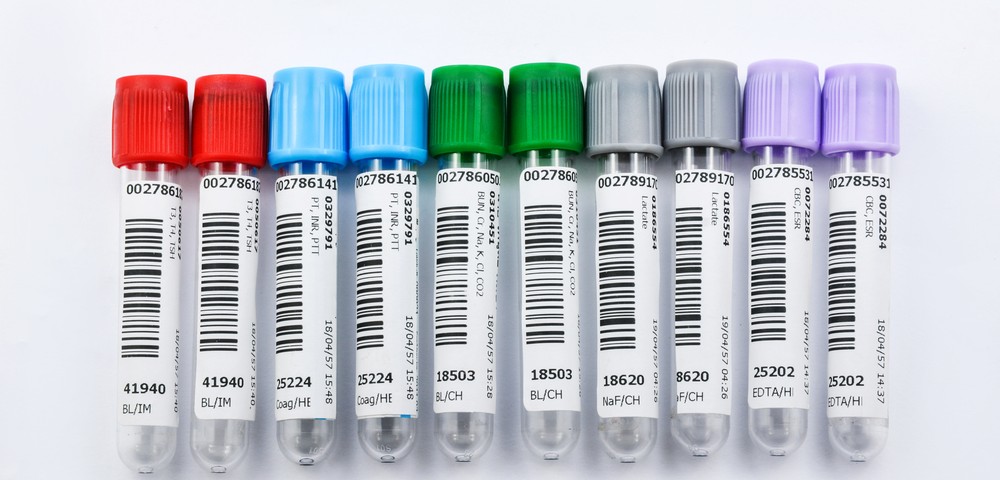Two serum biomarkers, soluble mesothelin-related peptide (SMRP) and thioredoxin-1 (TRX), were identified as potentially useful for an early diagnosis of malignant pleural mesothelioma, according to the study, “Evaluation of New Biomarkers in the Prediction of Malignant Mesothelioma in Subjects with Environmental Asbestos Exposure,” recently published in the journal Lung.
Malignant pleural mesothelioma is a rare form of cancer in the lining of the lungs, called the pleura, and highly aggressive. Because of this, biomarkers that might identify the cancer at an early stage are crucial to improving patient outcomes.
Researchers investigated the value of certain biomarkers, including the well-known mesothelin and epidermal growth factor receptor (EGFR), and the lesser-known syndecan-1 (SDC-1), fibulin-3 and thioredoxin-1 (TRX), in diagnosing malignant pleural mesothelioma (MPM). Since the majority of studies on MPM and biomarkers have focused on occupational exposure to asbestos — high-level exposure is a known cause of this cancer — researchers specifically investigated the biomarkers in patients who had acquired the disease as a result of environmental exposure.
The team analyzed a group of healthy subjects (n=41), a group that had been exposed to asbestos (n=48), and a malignant pleural mesothelioma patient group (n=42). In each group, researchers measured serum levels of the different biomarkers: soluble mesothelin-related peptide (SMRP), TRX, EGFR, fibulin-3, SDC-1, and mesothelin.
Among the asbestos-exposure group, 58.3% exhibited benign pleural plaques, and had higher mean levels of TRX, SMRP, and mesothelin compared to healthy controls. Those in the mesothelioma patient group had significantly higher levels of EGFR, TRX, SMRP and fibulin-3 relative to the asbestos-exposure group. The levels of two biomarkers, SMRP and TRX, also showed a progressive increase from group to group — from control to asbestos-exposure participants, and to malignant pleural mesothelioma patients.
In conclusion, results suggest that serum biomarkers may help in the early diagnosis of malignant pleural mesothelioma in asbestos-exposure cases. As SMRP and TRX showed a progressive increase from healthy subjects to those with the cancer, they are probably the most valuable biomarkers for disease diagnosis.


